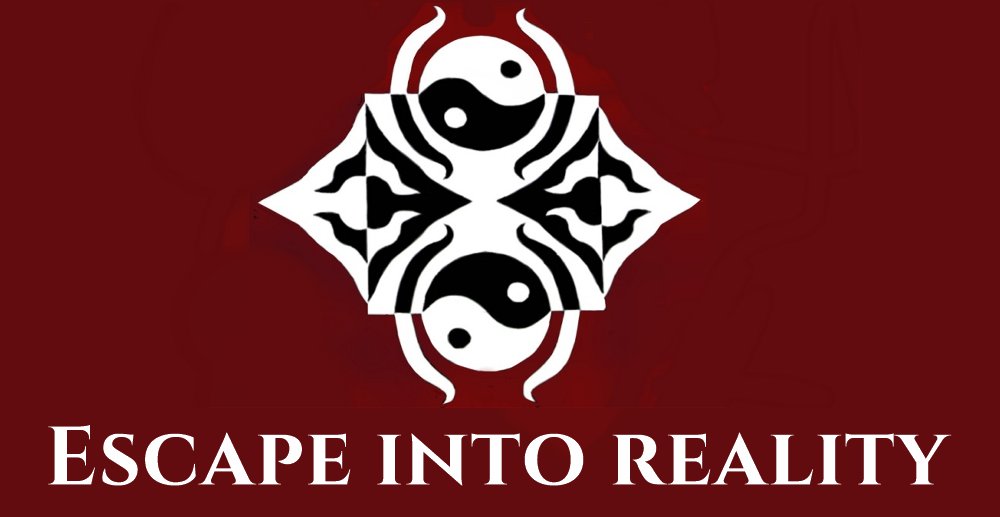Dr. Eric Kandel is a vocal and very articulate advocate of unifying art and science, as opposed to previous scientists/philosophers who asserted the unbridgeable gulf between humanism and scientific study.
 Dr. Kandel’s Nobel Prize (2000) Prize is in Physiology or Medicine for “research on the physiological basis of memory storage in neurons.” Thus, it’s not surprising that towards the end of The Age of Insight, published in 2012, he asserts the need for what he calls a biology of aesthetics (AKA neuroaesthetics). Years after the book’s publication, neuroesthetics has become “an emerging field of neuroscience.” It continues to have its detractors.
Dr. Kandel’s Nobel Prize (2000) Prize is in Physiology or Medicine for “research on the physiological basis of memory storage in neurons.” Thus, it’s not surprising that towards the end of The Age of Insight, published in 2012, he asserts the need for what he calls a biology of aesthetics (AKA neuroaesthetics). Years after the book’s publication, neuroesthetics has become “an emerging field of neuroscience.” It continues to have its detractors.
Neuroesthetics integrates the creation and appreciation of art, not only with the psychology but also with the biology, of the mind. Predictably, when it comes to art, the biology of the mind translates into a reduction of art experiences to physiological/neurological processes such as emotions (“instinctive biological mechanisms that color our lives”) and traceable pathways in the neural system that occur when someone is experiencing an artwork. Expressionist pieces, in particular, convey and often exaggerate emotions that we can empathize with.

This is certainly an enlightening read, but not necessarily an enjoyable one. I felt like I was reading a graduate school textbook, with all the anxiety that comes with that onerous task. The book is replete with information and theorizing.
I went through the chapters relating to psychology fairly fast because that was my field of training. I’ve also attended some art history classes and I am quite familiar with three artists he focuses on: Gustav Klimt, Oscar Kokoschka, and Egon Schiele. But Kandel presents them in a more intimate way than I’ve come across in my past readings, so I enjoyed those chapters very much.
Dr. Kandel, who’s Austrian, draws closer attention to these Austrian Expressionists (although Klimt is more associated with art nouveau). Often when expressionism is mentioned, our tendency is to think of the German Expressionists.
